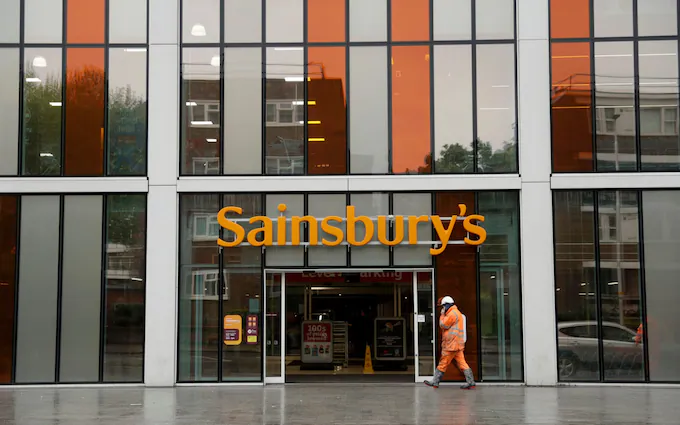
Sainsbury’s, the British supermarket giant, is set to exit its core banking business, Sainsbury’s Bank, as it redirects attention to its primary retail operations. The company announced a “phased withdrawal” from its financial services, opting to provide banking products through third-party providers using a “distributed model.”
This move reflects a broader trend among UK retailers, including Tesco and the Co-operative Bank, considering shifts in their banking operations. While Tesco Bank is reportedly exploring a sale, the Co-operative Bank is in talks for a potential merger.
Sainsbury’s strategy aims to offload its banking business from its balance sheet by allowing another provider to operate it under the same brand—a concept known as “white labelling.” The supermarket already employs a similar approach successfully with its insurance products.
The decision aligns with Sainsbury’s broader retail focus, emphasizing its core business. The company’s CEO, Simon Roberts, stated, “We have been clear since we launched our Food First strategy in 2020 that we would concentrate our efforts on our core retail businesses, and today’s announcement reflects that strategic focus.”
This development comes as Robert Mulhall, a former executive at Allied Irish Bank, is set to replace Jim Brown as the chief executive of Sainsbury’s Bank at the end of March.
Although Sainsbury’s did not provide a specific timeline for the exit, it assured existing and future customers of Sainsbury’s Bank and Argos financial services that there would be no immediate changes. The company stressed that products could be outsourced to other providers, maintaining business as usual for the time being.
The move by Sainsbury’s echoes the challenges faced by smaller banks in the UK retail sector, with scale and specialization becoming increasingly crucial for sustained success. The supermarket’s previous exploration of a sale in 2020 indicates the ongoing pressure on profitability in the current banking landscape.






Be First to Comment